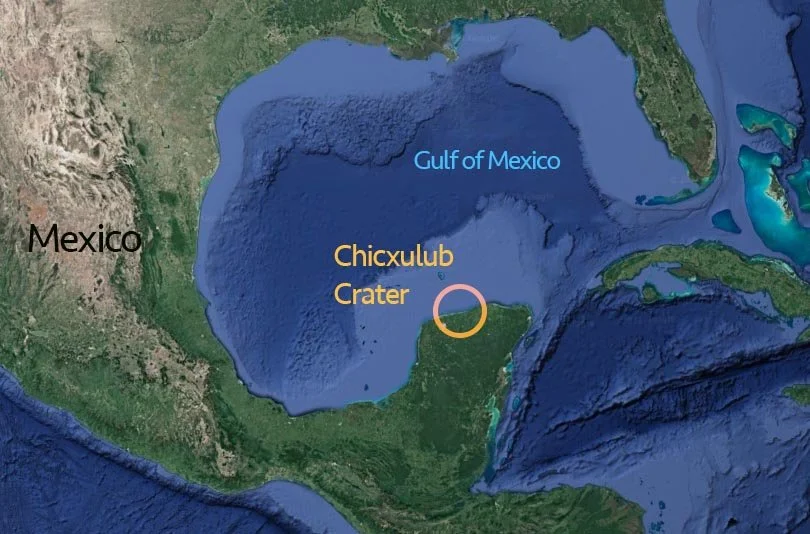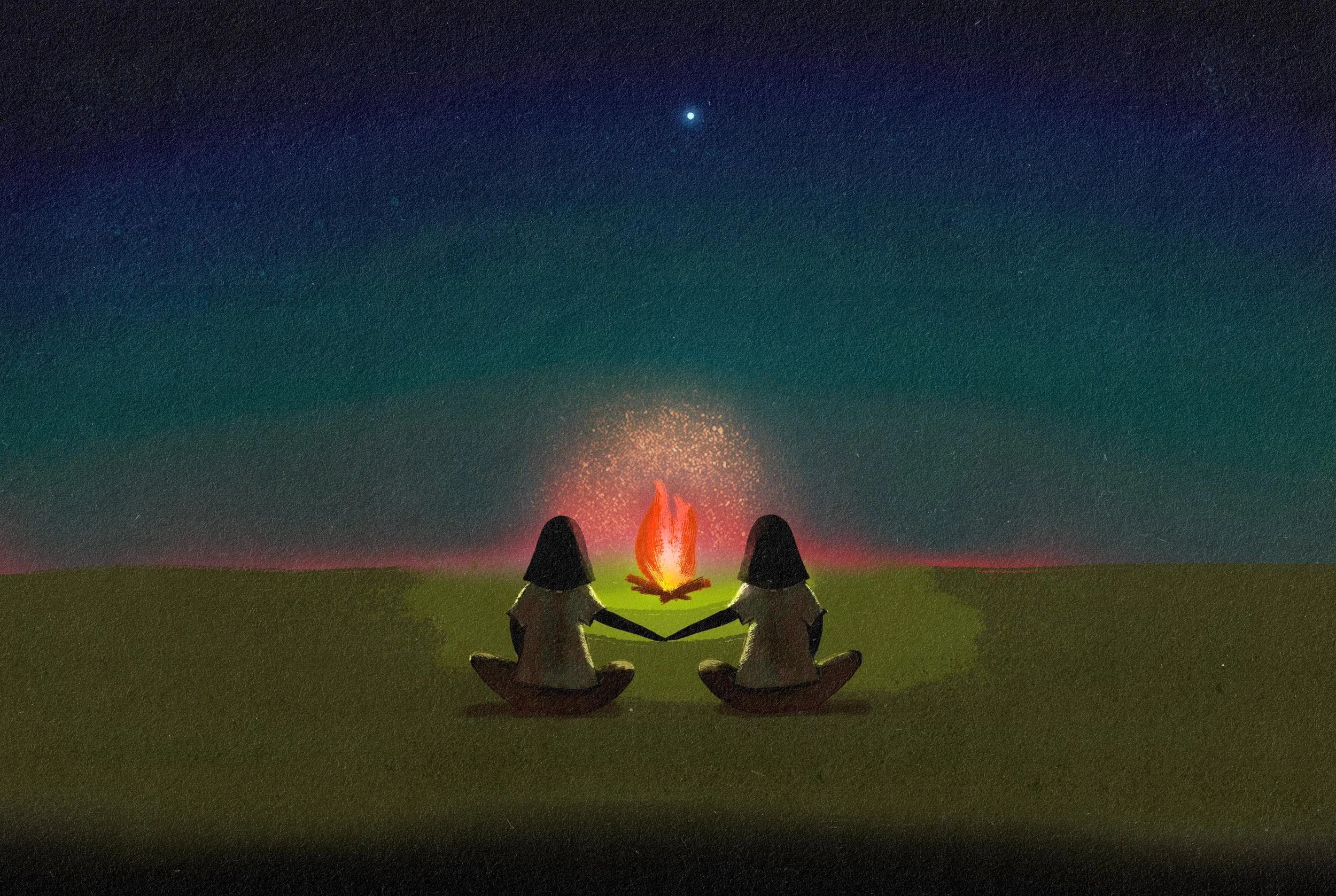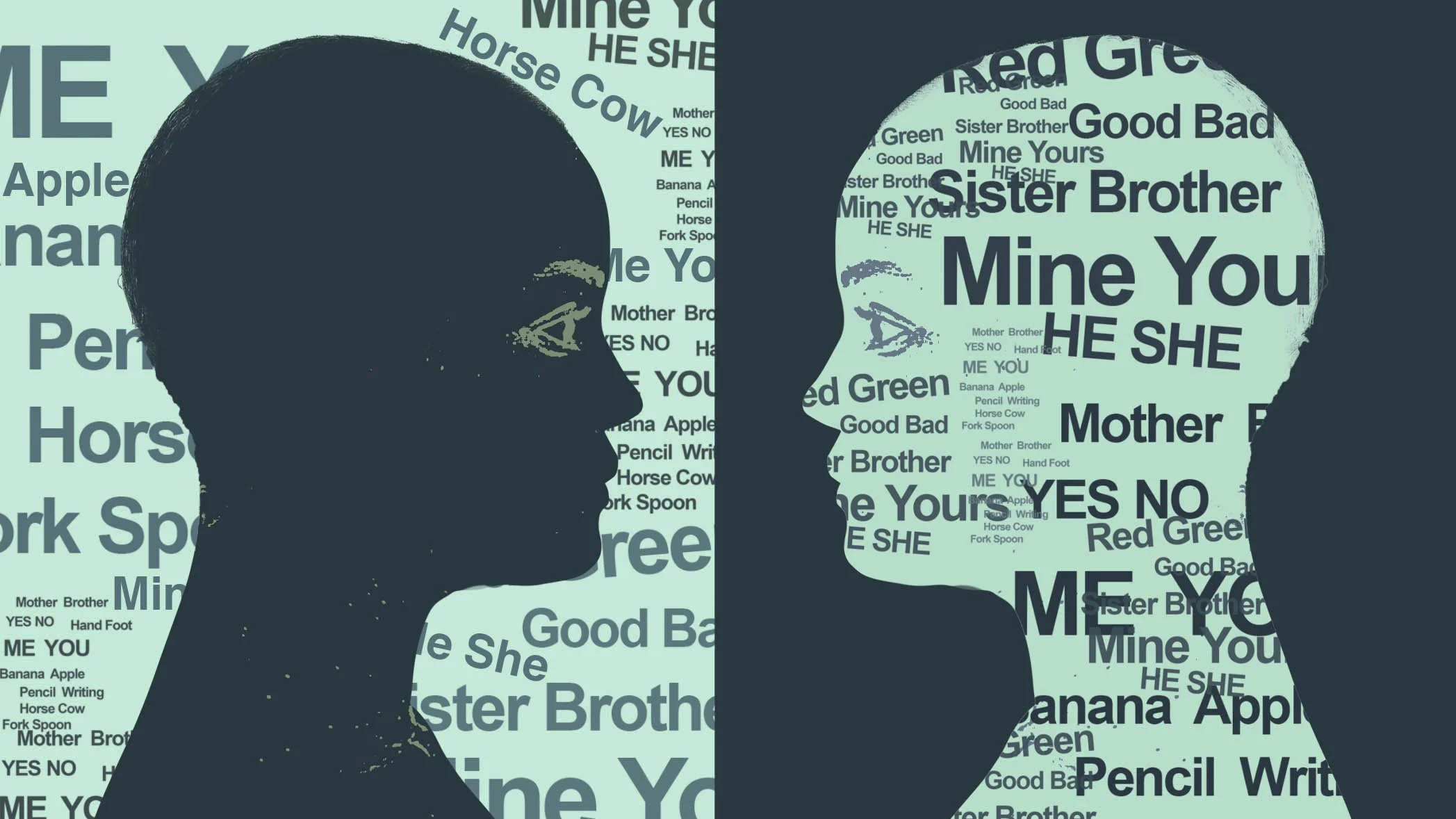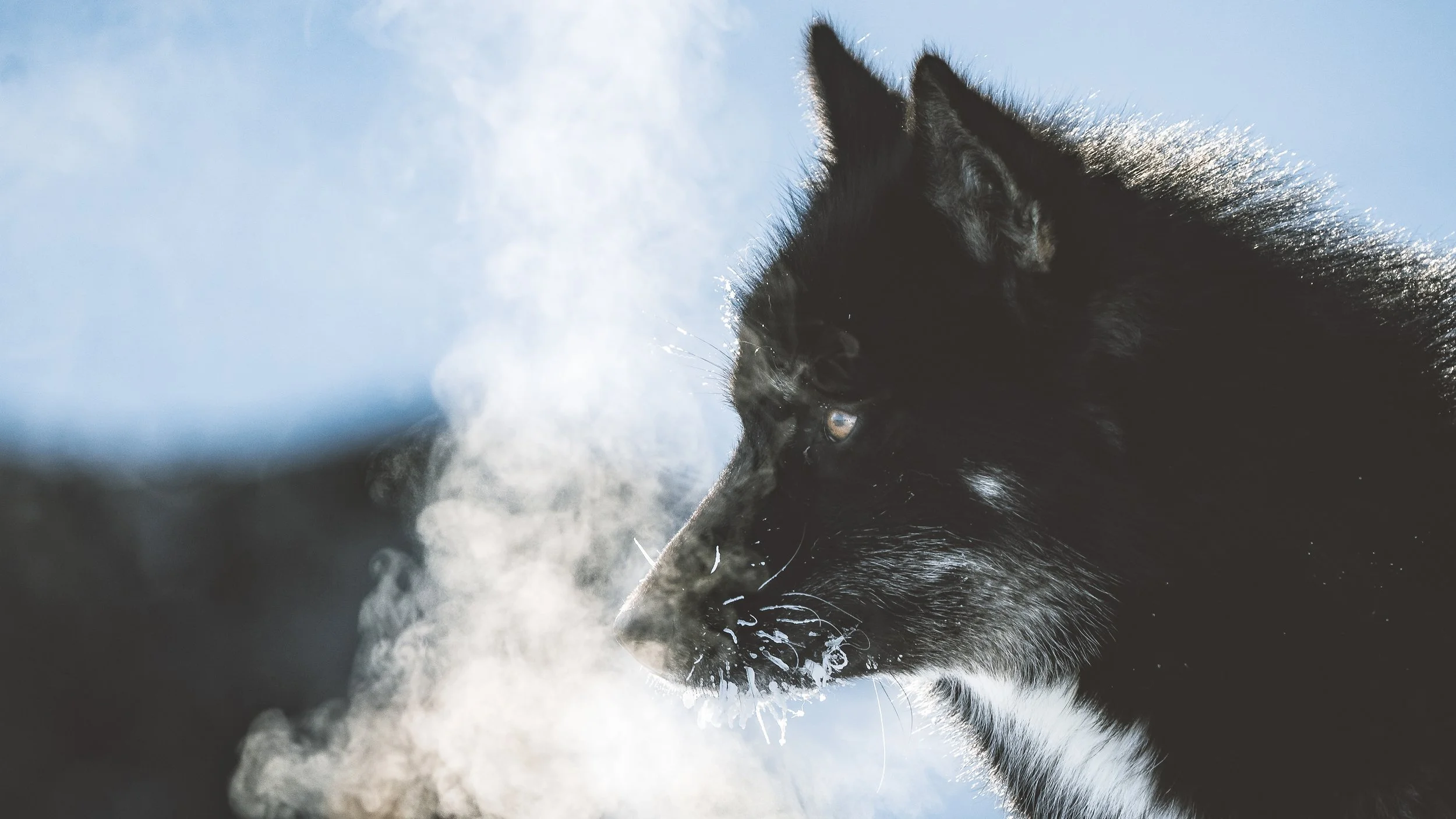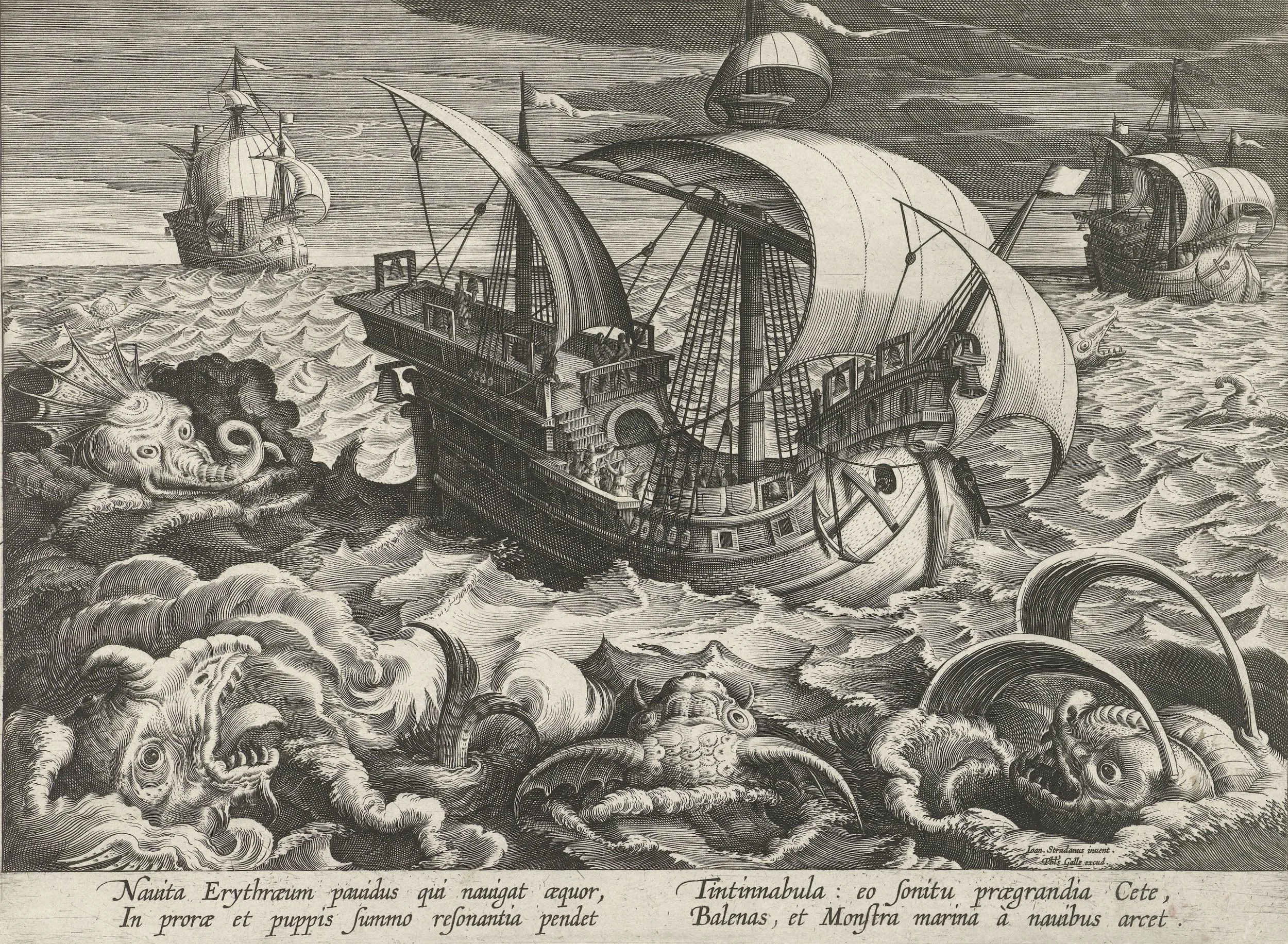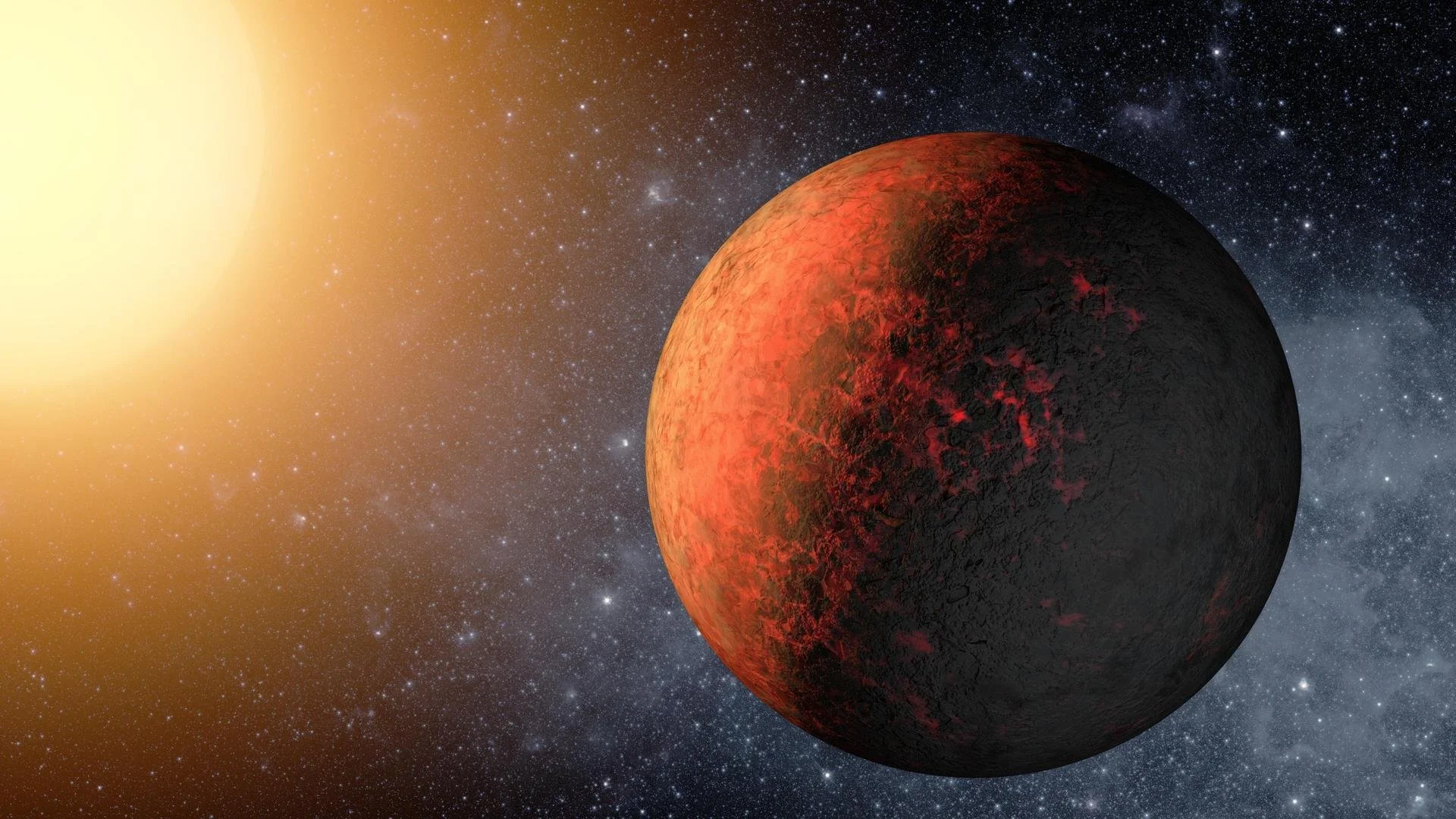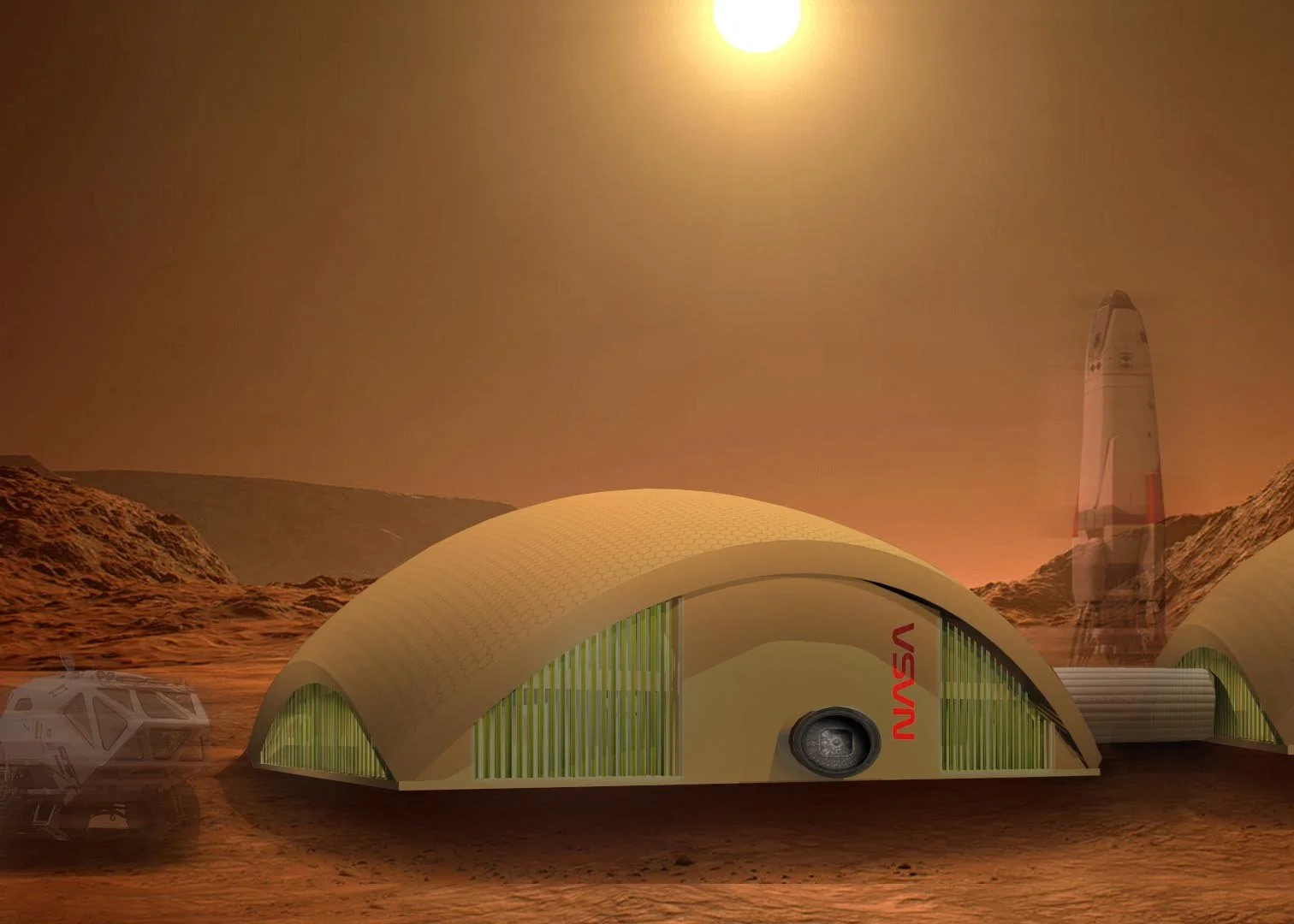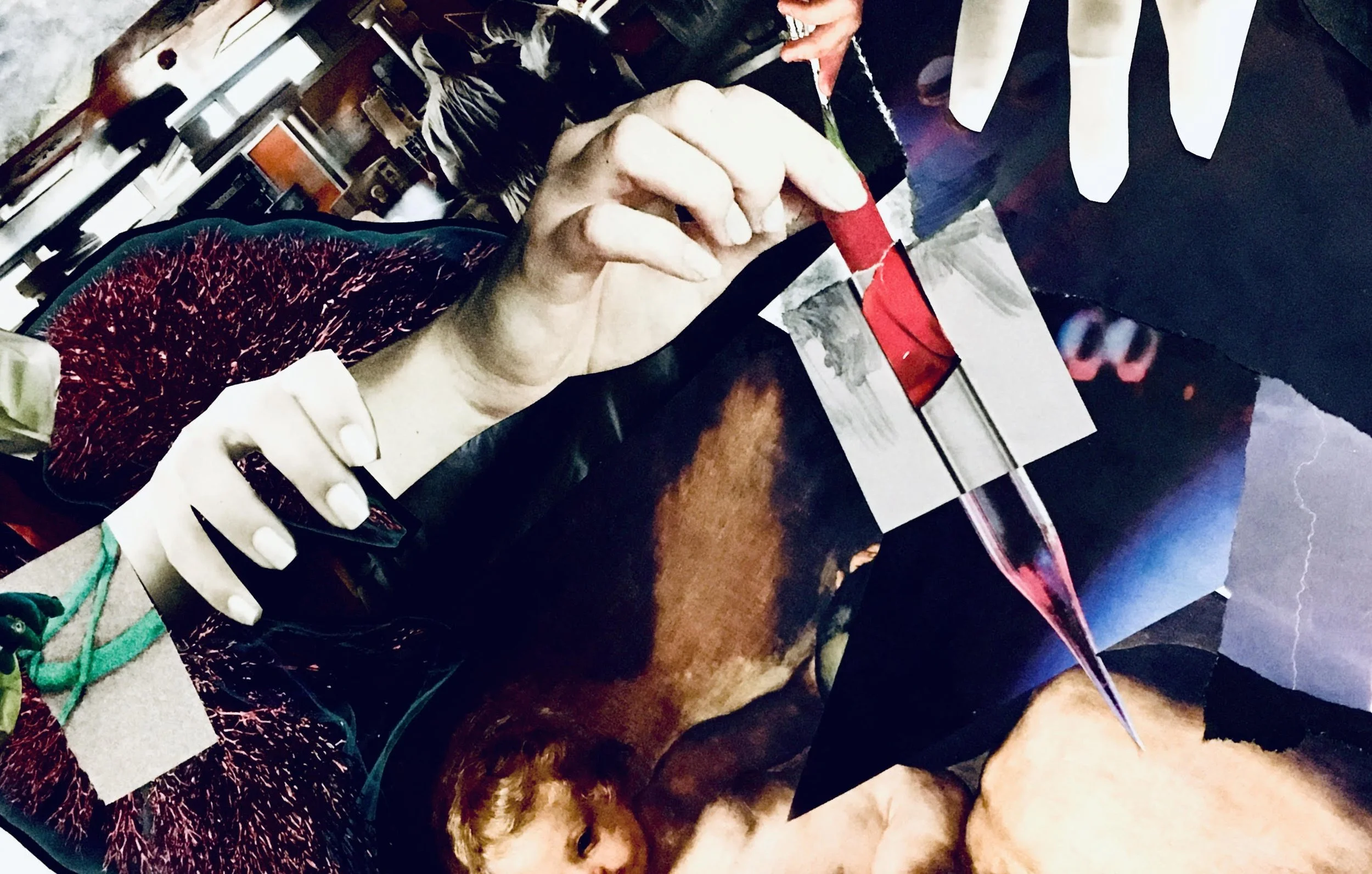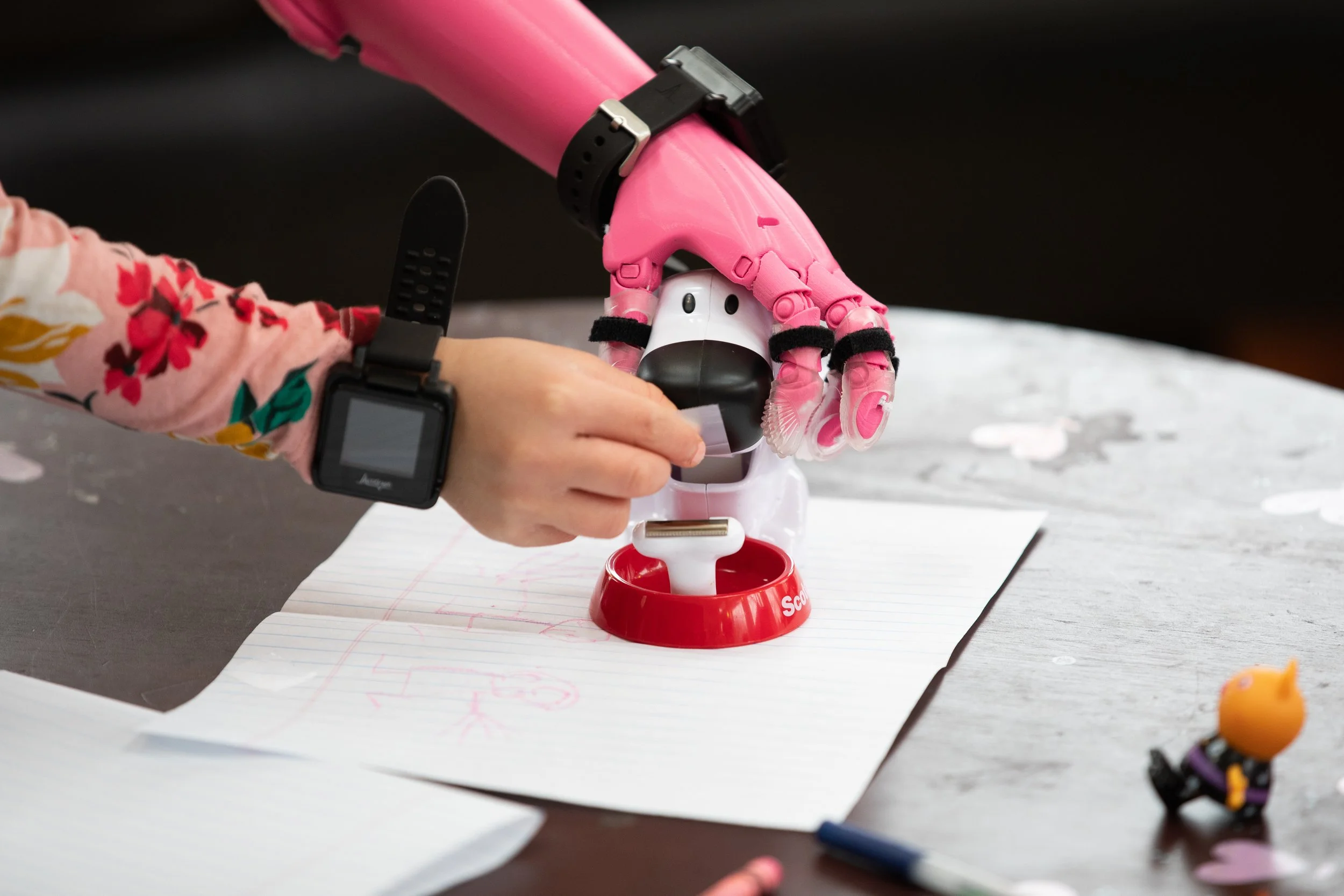From the Asteroid Belt, With Love
New research sheds light on the asteroid that ended the era of the dinosaurs
Image credit: iStock Photo
by Matt Brady
January 18, 2022
About 70 million years ago and some 230 million miles from the Sun in the uncharted region of our solar system near Jupiter, an asteroid left its orbit. The motion would have been slight, and the new direction indistinguishable from its previous trajectory. However, in the vastness of space and with millions of years at its disposal, the slight and almost imperceptible change was enough.
As far as asteroids go, it was big—about six miles wide—mostly carbon but otherwise unremarkable. But, in a few million years, it would be responsible for drawing the age of the dinosaurs on Earth to a close as the infamous Chicxulub (pronounced "chick-shaloob") impactor. Chicxulub is named for a small town in the coastal Yucatan Peninsula located near the center of the crater formed by the impactor.
Image credit: Google Earth image modified by Tara Holley to show the site of the impact crater.
As a result of new modeling, the origin of the impactor is now clearer than ever, and so is the larger picture of how asteroids break free from their orbits, according to research published in Icarus. The new research also offers an updated estimate on how often we can expect other visitors from the same neighborhood.
“We went looking for where the siblings of the Chicxulub impactor could be hidden," said David Nesvorny, staff scientist in the Department of Space Studies at the Southwest Research Institute (SwRI) and lead author of the paper describing the new research into the impactor's origin.
Previously, the origin of the Chicxulub impactor was thought to be the inner asteroid belt, perhaps a fragment of a larger asteroid called Baptistina. Shortly after that research was published in 2007, though, two new pieces of information came to light. First, the impactor was determined to be a carbonaceous chondrite or C-type asteroid. As the name implies, carbonaceous chondrites are characterized by a significant proportion of carbon in their makeup, most often in the form of graphene. Minerals and metals can be found as well, but the carbon-rich composition gives the asteroids a dark appearance. Second, the Wide-field Infrared Survey Explorer survey of the asteroid belt showed that Baptistina and its neighborhood were home to S-type asteroids, heavy in silicates. The findings indicated that Chicxulub didn't originate in the inner asteroid belt after all.
William Bottke, also a planetary scientist at SwRI and part of the team involved in the new research, led the previous efforts that named Baptistina as the probable source of the impactor. "Rather than having a great source to make a 10-kilometer impactor, we had a family that was no longer a possibility," Bottke said. "That was unfortunate for us, but it happens. Baptistina is still really interesting, but probably not the source of the Chicxulub impactor."
Researchers needed to find a new point of origin for the Chicxulub impactor. The region had to have a lot of large, C-type asteroids and a mechanism for getting them from the outer to the inner solar system.
Typically, C-type asteroids absorb much of the sunlight reaching them, making them difficult to detect. They're tough to spot unless you know exactly where and when to look with your instruments, and even then, they're moving so quickly they won't stay in the image for long.
Carbonaceous chondrite meteorites still hit Earth today, but more recent and modern impactors are small, not approaching the size of the rock that did in the dinosaurs. According to Nesvorny, that means the asteroid that hit Earth was a special event, not something that happens with regularity.
Going back to the asteroid belt, it's important to understand that it is an active area. Among the rocks that make up the region, coming and going is the rule, not the exception. Asteroids inhabiting the main asteroid belt between Mars and Jupiter, called main-belt asteroids (MBAs), are constantly on the move—not just in their orbits around the Sun. Thanks to their irregular shapes and rotation, asteroids receive sunlight unevenly. As they reradiate this heat, they get a little bit of a push, called the Yarkovsky effect.
"It's a very small amount of thrust," Bottke said. "It can take the asteroids millions or hundreds of millions of years to go anywhere, but this is what causes the orbits of asteroids to evolve over time."
The Yarkovsky effect can move an asteroid from a benign orbit into a resonance—a trajectory that will cause trouble.
Orbital resonance is like pushing a kid on a swing. If you push when they're just at the top of their arc, they'll move out further and further. When it comes to asteroids in the belt, Jupiter's gravity provides the push, and the kid on the swing is an asteroid orbiting the Sun. A ratio of 3:1 resonance means that the asteroid orbits the Sun three times to Jupiter's one, roughly four years versus 12. Several resonance zones are scattered throughout the asteroid belt, some strong, some weak.
For an asteroid in a resonance orbit, the gravitational perturbations of Jupiter build up over time, which increases the eccentricity of the orbit, reshaping it from a circle into an egg-shaped, elliptical orbit. The effect of Jupiter's gravity can make an asteroid's orbit so extreme that the combined shape and speed at which it has to move on those orbits ejects it from the solar system, setting it free to wander interstellar space.
“The Yarkovsky effect can move an asteroid from a benign orbit into a trajectory that will cause trouble.”
But the asteroids that remain can be troublesome. As an asteroid's orbit gets squished from a circle into an ellipse, it travels through increasingly crowded space. Once the asteroid's closest approach to the Sun is 1.3 times the distance between the Earth and the Sun, it's no longer an MBA. Now it's a near-Earth object (NEO), a wild card of the inner solar system.
This orbit squishing is what happened to the Chicxulub impactor about 70 million years ago, according to Nesvorny. "When the asteroid crosses the orbit of Mars, anything can happen," Nesvorny said. "It can impact the Sun, it can be ejected from the solar system altogether, or it can impact one of the inner planets. But basically, within 10 million years after leaving the belt, the object is gone."
In the case of the Chicxulub impactor, a close encounter with Mars could have given the asteroid just the right tug to adjust its orbit, placing it on a new path that would cross Earth's orbit. From there, it was just a matter of time.
Using NASA's Pleiades supercomputer, Nesvorny and his team ran a simulation of 130,000 asteroids over hundreds of millions of years, following them from the main asteroid belt to resonance orbits through their evolution to NEAs, and in some cases, Earth impactors. "The 10-kilometer asteroids from the outer part of the belt escaped their orbits a little bit easier than we previously thought," Bottke said.
The model also showed that the outer-belt resonances responsible for leaking asteroids on paths that may take them to the inner solar system are fed by Yarkovsky-effect wanderers more regularly than those in the inner belt.
"The models we had before were all saying that most terrestrial impactors came from a region within the inner asteroid belt," Nesvorny said. "But those models ignored how many asteroids you have to feed the orbits which the asteroids would leak from. This model shows that the outer belt is fed by many more asteroids than we thought."
Even though asteroids breaking loose from the inner belt have a higher chance of hitting an inner planet than those from the middle or outer belt, thanks to proximity alone, the model shows the effect of more asteroids feeding into middle and outer resonances.
"If an object leaks from the inner resonances, it has a high likelihood of impacting the Earth, but this efficiency is offset by the larger feeding of the less efficient, distant resonances," Nesvorny said. "Feed a small source a lot, it will produce a lot of impactors in the end."
Also helping to support the model, the outer regions of the asteroid belt are home to more C-type asteroids than the inner belt. Overall, Nesvorny found that more than 50% of NEOs with diameters greater than five kilometers came from the middle or outer belt and could be ejected from the belt when their Yarkovsky-fueled wanderings put them in weak resonances.
Put enough bullets in a mediocre gun, and you'll eventually hit the target. You may hit a lot of other things too, but still, you'll hit the target.
With the model that showed hundreds of millions of years of asteroid orbital evolution, Nesvorny and his team narrowed down the window of impactor frequency. In doing so, the model suggests that large asteroids from the middle or outer belt impact Earth at least 10 times more frequently than previously thought.
"Our model puts the rate at once every 200-250 million years," Nesvorny said. "The Chicxulub impactor hit 66 million years ago. Given our model, there was a 20% or higher chance that it could have happened in that window, so it's not that statistically odd for it to have happened."
An impactor similar to what hit Earth 66 million years ago will hit again, but as Nesvorny's research suggests, it's most likely at the earliest a few million years in the future. Also, while the model's predictions aren't absolute, we do have a slight advantage over the dinosaurs if another C-type asteroid heads our way—we'll see it coming.
"Our surveys are sensitive to large objects," Nesvorny said. "If it's small, 100 meters or less, then we won't see it, but if it's five kilometers, there's no way we would miss it. There are something like 20-25 NEOs larger than five kilometers, and we know all of them."
But of course, we’re talking about space and time. The scales are slightly different than we humans are used to. There's always a chance that somewhere in the uncharted region of our solar system—230 million miles from the Sun, give or take—that the tug of gravity here, the shift of an asteroid's rotation there, has already nudged another asteroid into an extraordinary adventure.
Matt Brady
Matt Brady doubles as a high school chemistry and physics teacher and a science writer and communicator. His most recent work is The Science of Rick and Morty, which makes him something of a rock star among teenagers.


